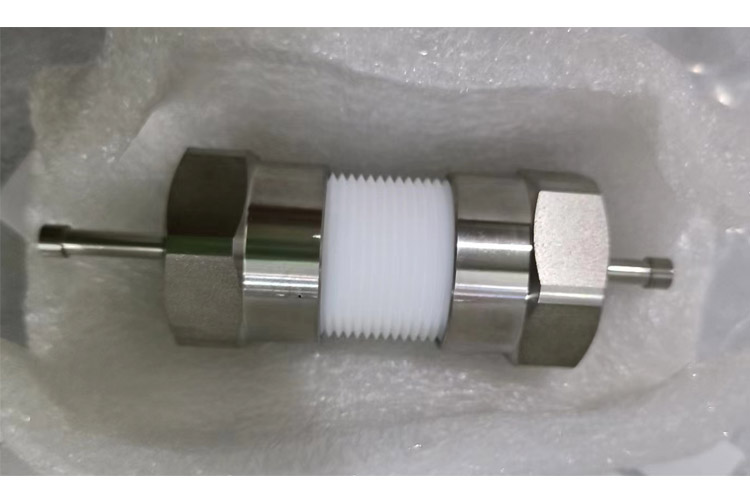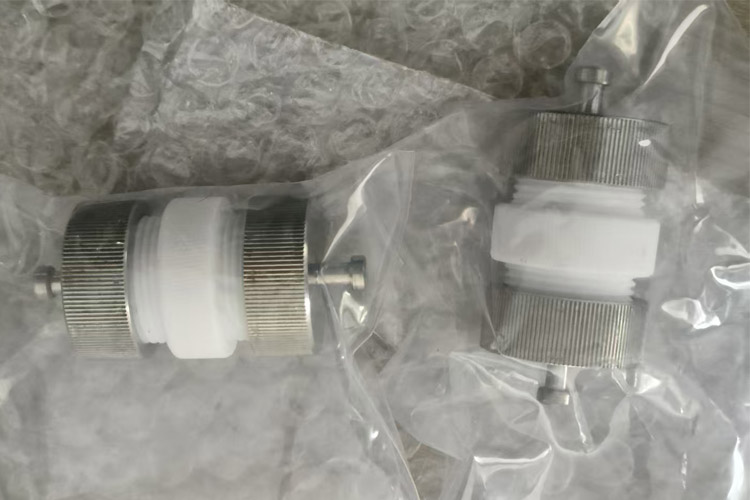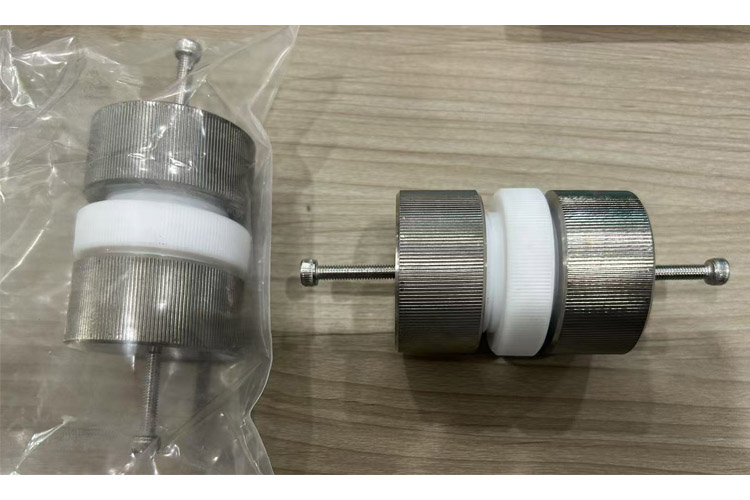Swagelok-type cells have become a staple in laboratory settings for coin cell testing, offering a modular and reusable design that balances flexibility with precision.
These cells, named after their Swagelok-style fittings, are widely used in battery research to evaluate electrode materials, electrolytes, and overall cell performance under controlled conditions. Unlike traditional coin cells, Swagelok-type cells feature a split design with adjustable components, enabling researchers to tailor the cell configuration for specific experiments while maintaining robust sealing and pressure uniformity3.

Key Features and Advantages
Modularity and Customization: Swagelok-type cells allow easy assembly and disassembly, making them ideal for testing diverse electrode materials. Adjustable spring tension accommodates varying electrode thicknesses, ensuring consistent contact pressure between components3.
High-Temperature and Pressure Tolerance: With silicon O-rings and durable materials, these cells can operate under extreme conditions (e.g., up to 250°C and pressures ranging from -0.1 MPa to 0.5 MPa), critical for simulating real-world battery environments3.
Cost-Effectiveness: While three-electrode Swagelok cells are known for higher costs and complexity2, the two-electrode variant simplifies testing workflows, reducing expenses for routine evaluations like cycle life tests or rate capability analyses.
Applications in Battery Development
Two-electrode Swagelok cells are particularly valuable for rapid prototyping of lithium-ion and next-generation battery chemistries. They enable researchers to:
Perform electrochemical impedance spectroscopy (EIS) and galvanostatic cycling to assess electrode stability.
Test novel electrolytes or solid-state materials under controlled pressure and temperature3.
Compare results with standardized coin cell data, thanks to their compatibility with common lab equipment2.
Challenges and Considerations
Despite their advantages, Swagelok-type cells require careful assembly to avoid leakage or pressure imbalances. Researchers must also normalize results when comparing data with conventional coin cells due to slight differences in electrode alignment and compression23.
In summary, two-electrode Swagelok-type cells offer a versatile and scalable solution for battery R&D, bridging the gap between academic research and industrial applications. Their adaptability and precision make them indispensable for advancing next-generation energy storage technologies.
AOOSER provides a customized service of the inner sizes.
Inner size of 15mm:

Inner size of 19mm:

Contact: Jason Wang
Phone: 13580725992
E-mail: sales@aooser.com
Whatsapp:13580725992
Add: No.429 Guangming Road, Shenzhen City, Guangdong Province
We chat
